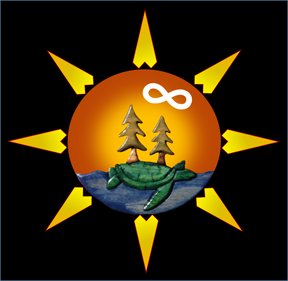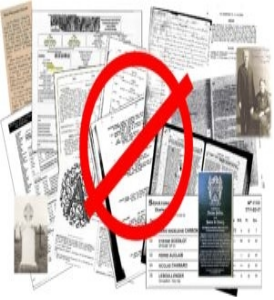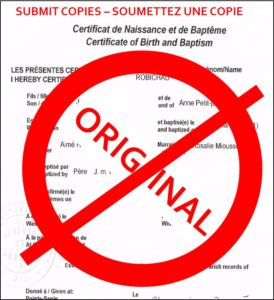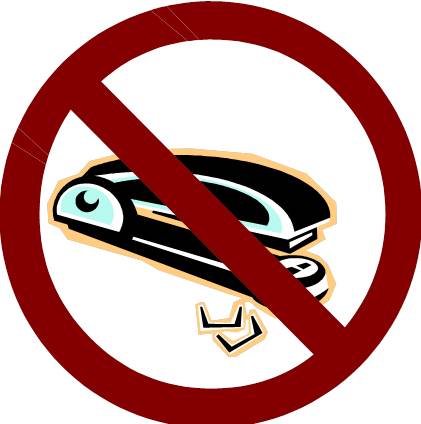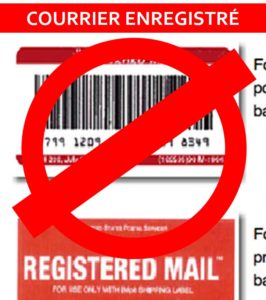CITIZENSHIP APPLICATION FORM
WORD: MNOC-NMDC- Application
PDF: MNOC-NMDC- Application
~~~~~~~~~~~~~~~~~~~~~~~~~~~~~~~
GENALOGICAL CHART (TREE)
WORD: MNOC-NMDC_Gen Chart
PDF: MNOC-NMDC_Gen Chart
~~~~~~~~~~~~~~~~~~~~~~~~~~~~~~~~
WARRIOR & VETERAN FORM
WORD:: Warriors and Veterans Application
PDF: Warriors and Veterans Application
~~~~~~~~~~~~~~~~~~~~~~~~~~~~~~~~
REPLACEMENT CARD REQUEST
WORD: MNOC-NMDC Repl Card-Carte
PDF: MNOC-NMDC Repl Card-Carte
~~~~~~~~~~~~~~~~~~~~~~~~~~~~~~~~~
~~~~~~~~~~~~~~~~~~~~~~~~~~~~~~~~~
ADULT : $50
CHILD (minor): $25
Replacement Card: $10
~~~~~~~~~~~~~~~~~~~~~~~~~~~~~~~~~
MNOC CITIZENSHIP
Are you Metis?
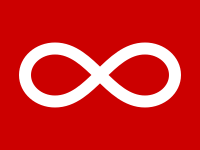
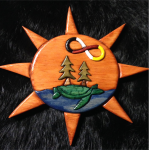
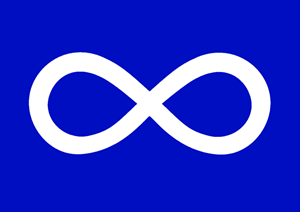
The first Métis People emerged in eastern Canada in the early 1600s with the arrival of European explorers and their unions with Indigenous women. Visit our WHO WE ARE section to learn more about Métis history, Identity, and our citizens’ verified (confirmed) Métis Ancestors.
PLEASE READ our Citizenship criteria and Registration process BEFORE submitting your complete application package. The one-time administration fee is non-refundable.
~~~~~~~~~~~~~~~~~~~~~~~~~~~~~~~~~~~~~~~~~~~~~~~~~~~~~~~~~~~~~~~~~~~
MNOC Citizenship criteria:
Criteria: A person who identifies as Métis, who is the direct descendant of an Indigenous and European couple, and who can prove Metis ancestry through verifiable genealogical, historical and legal documents.
Indigenous Peoples: The three Aboriginal Peoples of Canada, within the meaning of s.35 of the constitution act 1982: First Nations, Inuit, Métis.
Self-Identifying: A person can self-identify as Métis, however, self-identification alone carries no legal entitlement to recognition as a Métisperson, to registration with the MNOC, or to claim rights inherent to the Métis.
Canada's Métis Nation: The Métis are historically descendants of First Nations-European unions. The first Métis Nation originated in eastern Canada shortly after first contact between First Nations and Europeans in the era of fisheries, fur trade and colonization. Following the shortage of furs in Lower Canada, in the 1760s, explorers and merchants pushed the fur trade westward, opening new routes and creating new Métiscommunities along the way. A second Métis Nation took root in Red River, Manitoba, predominantly with the Cree and Ojibwa nations. These two Métis Nations, among a few others, are part of Canada’s Métis Nation. While they share certain commonalities, they also possess a historical and cultural diversity specific to their identity.
~~~~~~~~~~~~~~~~~~~~~~~~~~~~~~~~~~~~~~~~~~~~~~~~~~~~~~~~~~~~~~~~~~~~~~~~~~~~~~~~~
The application Process:
Print the form if you wish to fill it by hand. To fill out the digital form, click inside an empty box and enter your information. Save the form under your name. Ensure to include ONE photo of yourself (head / shoulders only), a copy of a photo ID, and your payment. ** WRITE YOUR NAME ON THE BACK OF YOUR PHOTO
Payment Method: Select the appropriate box to indicate your non-refundable payment method. (Check / Money order, Electronic bank transfer or PayPal) The membership fee is charged only once. The MNOC does not charge annual fees.
Filling out the genealogical chart: The MNOC requires only one confirmed Métis line. Print the form if you wish to fill it by hand. To fill the family tree electronically, click inside an empty box and enter the information. Save the form under your name. Please enter as much information as possible. The MNOC accepts your own family tree if you already have one. If your chart/family tree has multiple lineages, indicate the main Metis line using an asterisk (*) after the names of your Metis ancestors.
Submitting your application package: Please ensure that your application package is complete before submitting it. Refer to the checklist on the application form. Incomplete packages cause unnecessary delay in the application process. Priority will be given to complete applications.
~~~~~~~~~~~~~~~~~~~~~~~~~~~~~~~~~~~~~~~~~~~~~~~~~~~~
PLEASE READ CAREFULLY
Supporting Documents: Civic or church records confirming the blood connection (or child adoption) through every generation, from a person to his/her direct Aboriginal ancestor. Your ancestor might be described as Indian, Inuit, Métis, native, indigenous, savage, infidel, slave,* White-Indian, Métis , metif, métissé, half-cast, half-breed, chicot, burnt-wood, etc. Union may consist of: cohabitation, country-style marriage, traditional union / marriage, religious marriage, civil marriage, etc. Note: Records from Tanguay, Jetté, Drouin dictionary, etc., are listings of genealogies and lineages only. They are not accepted as valid records linking generations.
* The term “slave” was used to identify the Indian wife and/or children of a white man, especially in strongly influenced religious settlements where Indian/White marriages were frowned upon, or tolerated because the husband was an influential member of the society.
Historical Genealogical connection: historical blood connection to an Aboriginal and European couple. The Métis were traditionally children of Aboriginal women and European men* who were Fishermen, Voyageurs, Fur Traders, Winterers, Interpreters, Soldiers, Explorers, Farmers and Settlers, etc. Many Métis children were raised in their maternal Aboriginal tribes, where they may or may not have settled later in life, and may have returned there from time to time, for indefinite periods.
*There are some instances where the mother was European and the father was Aboriginal.
Verifiable connection: Some Métis were not identified as such on any documentation; however, it is possible to confirm his/her existence through verifiable genealogical connection to an Aboriginal & European union. In rare cases where paper-based documentation is not available, and in respecting our Aboriginal oral traditions, the sworn affidavit of an Elder who has known, over the course of many decades or a lifetime, an individual or family as being Métis shall be considered.
Genealogical connection through Adoption: formal or cultural adoption of a non-Métis minor child into the Métis community, lifestyle, and culture. Upon reaching age of majority, the individual retains the option to remain registered with the MNOC.
INVALID DOCUMENTS
Although useful during your research, marriages repertoires, genealogical dictionaries, listings, and reports, even in book format, such as Tanguay, Jetté, Drouin, etc., are not accepted as valid primary records for linking generations. Photos of tombstones, obituaries, monuments, are not valid primary documents. Photos are precious treasures but they are not valid records for registration. It is not advisable to modify the documents. Avoid altering the record with handwritten notes or arrows or by encircling the subject. CROPPED records rarely accepted.
~~~~~~~~~~~~~~~~~~~~~~~~~~~~~~~~~~~~~~~~~~~~~~~~~~~~~
Click on the VIDEO link to view a slide show about valid and invalid documents.

RESEARCHING OUR ANCESTORS
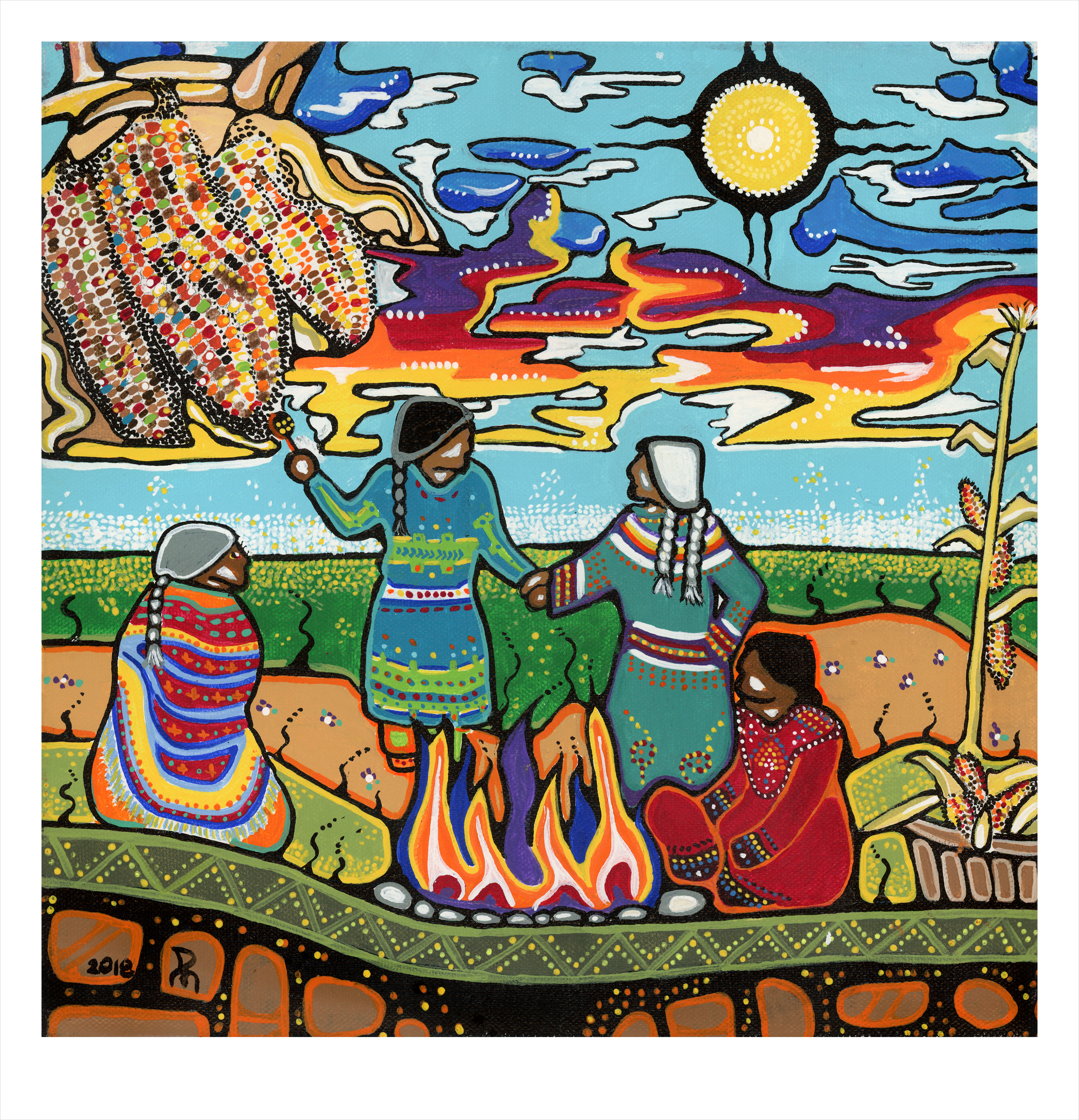 Who are those intrepid ancestors who contributed our Métis bloodlines? Click here to “meet” the first Métis children born of Indigenous and non-Indigenous unions, some contracted religiously, and others “à la façon du pays” (country marriages)....Continue reading
Who are those intrepid ancestors who contributed our Métis bloodlines? Click here to “meet” the first Métis children born of Indigenous and non-Indigenous unions, some contracted religiously, and others “à la façon du pays” (country marriages)....Continue reading
Genealogy Services
The CFMPC does not offer research services, however, we partnered with legitimate, experienced, and reliable genealogists who will be happy to help you retrace your Indigenous ancestry for a reasonable fee. If you are a genealogist and would like to be on our list, please contact us directly.

